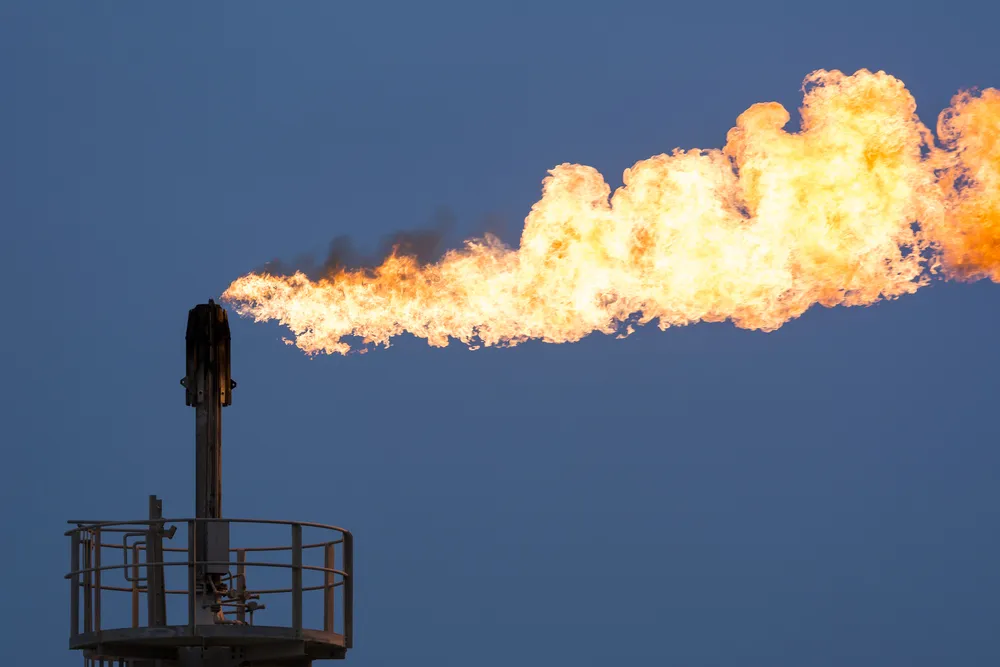Introduction:
In the high-risk oil and gas industry, protecting people, property, and the environment is paramount. The Oil and Gas Technical Safety course addresses often-overlooked safety aspects necessary for completing oil and petrochemical processes, adhering to modern norms and OSHA legislation.
This course covers the investigation and response stages, along with emergency management plans, including procedures and strategies. Participants will gain knowledge in process safety, including management of change programs, handling high-risk chemicals, mechanical and engineering safety, and safe work practices. The training aims to enhance safety systems within organizations by empowering employees to routinely assess risks and take actions to control them, thereby preventing accidents.
Customizing the Technical Safety in Oil and Gas course is vital for each company, as safety measures must align with specific activities and legal requirements. Through both theory and practical applications, participants will design and implement effective safety measures that safeguard the well-being of the oil and gas workforce and operations.
This course provides a comprehensive synthesis of technical safety aspects, equipping participants with the knowledge needed to manage the unique challenges within the oil and gas sector. By the end of the training, participants will possess relevant oil and gas technical safety practices and processes, ranging from process operations to emergency response, and the skills to apply this knowledge effectively.
Objectives:
At the end of the Technical Safety in Oil and Gas course, participants will be able to:
- Acknowledge, recognize, and appreciate the basic concepts of oil and petrochemical process safety.
- Understand hazards relevant to oil and gas operations and implement mitigation strategies.
- Effectively utilize international safety standards and OSHA regulations.
- Adapt safety measures to meet the specific needs of different companies in the industry.
- Assist in improving process safety management practices.
- Formulate emergency management plans for oil and gas facilities.
- Support a culture of safety within the organization.
- Enhance the effectiveness of hazard prevention and response.
- Provide practical training on risk assessment and safety management skills.
- Ensure compliance with industry standards and regulatory requirements.
Training Methodology:
- Case Studies
- Group Discussions
- Interactive Presentations
- Role Plays
- Equipment Demonstration
- Simulation Exercises
Course Outline:
Unit 1: Introduction to Oil and Gas Process Safety
- General characteristics of oil and petrochemical processes.
- Importance of process safety in the oil and gas industry.
- Legislation and standards from regulatory bodies (OSHA, API, ISO).
- Core safety issues and the role of safety professionals.
- Overview of Safety Management Concepts (SMS).
Unit 2: Hazard Identification and Risk Assessment
- Hazard identification techniques in oil and gas operations.
- Risk assessment techniques (HAZID, HAZOP, FMEA).
- Case studies illustrating attributes that lead to hazards.
- Systematic decision-making on risk prioritization.
- Actions to control risks and reduce impacts.
Unit 3: Process Safety Management
- Sub-elements of process safety management (PSM).
- Safety Data Sheets (SDS) and safe chemical handling.
- Structural integrity of vessels and piping systems.
- Scheduled maintenance and testing protocols.
- Pipeline emergency shutdown systems and other safety systems.
Unit 4: Emergency Response Planning
- Developing Emergency Response Plans (ERP) for oil and gas installations.
- Roles and functions of effective response teams.
- Crisis simulation and community response planning.
- Standard procedures and rules for crisis situations.
- Tools for crisis response planning and evaluation of current practices.
Unit 5: Strategies for Changing Safety Culture and Improvement
- Instilling a safety culture at all organizational levels.
- Leadership intentions to enhance safety culture among employees.
- Tools for maintaining and improving safety management systems.
- Process safety management tools as aids.
- Best practices for effectively implementing safety culture changes.


















